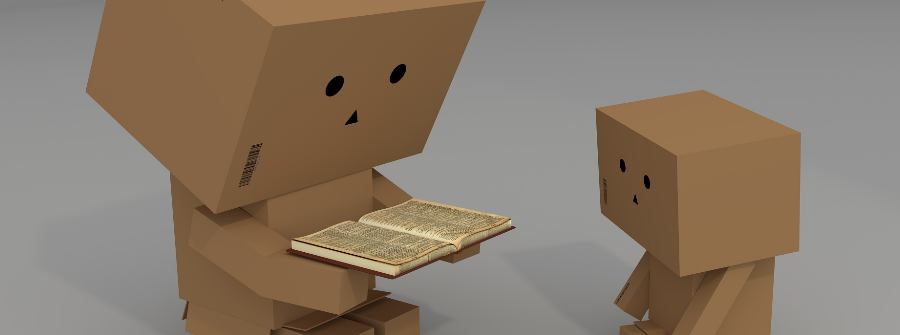One of the most important things in any storytelling, whether it is an RPG or literature, is the character.
You might have heard the saying “Show, don’t tell”. It means your story should be told via action and not explaining things. And that is exactly what your characters will do in your story.
We wanted to give you few tips how to build a good character.
About characters:
What is a character and why do we need them in a story?
A character is a person of interest and a plot device to express the story via feelings, thoughts and actions that the reader or gamer can identify with. The story can unfold through the characters eyes or point of view. Sometimes the reader can only experience the universe the way the character experiences it.
What makes a character interesting?
Characters help the story change through different perspectives. This is represented by the reader’s interpretation. Readers use their imagination and see themselves how the characters interact. When the character is not too one dimensional readers can identify with them and feel as they feel. The character can also have secrets and the creator can hide in little hints before revealing it all.
What elements characters build from?
Characters have personality, background, looks, voice and the way they present themselves. Creator sets the basic, the reader fills the gaps as they read. Sometimes you can leave whole elements out, like the looks. Then the reader can imagine the character looking the way they want.
How to build a character
When building a character you can use for example a back story or a character sheet. Back story that isn’t part of your final text but explains your character to you as a writer. Character forms and sheets are lists of character’s features that can go from looks to face expression, style in clothes to political views and dislikes to fears. Whatever you need to know to really know your character. You don’t have to use or reveal it all in the story but it helps you to know how the character acts, reacts and makes choices in the story.
Things to consider when building a character:
- Backstory of the character (life before the events of the actual story)
- Description of the character when first introduced (how you want them to appear to the reader)
- Aims of the character in conjunction with the story and the plot
- Relationships, how they feel about the other characters
- How many characters you need to make the story
- The Environment the character is set in
- Is there people in the characters life that you don’t see in the story but affects on the character
- What world events the story is centered on and how do they affect on the character or does the character affect on them
- What the character brings to the story, what is their mission in the story
- How does the character develop during the story, what they learn
A few tips:
- Keep the character in character. If he hates meatballs, don’t make him devour them later.
- Remember how your character looks. If they have short hair they can’t tangle in tree branches. If you don’t tell anything about your character’s looks, the reader will imagine it. Remember not to spoil it by saying at the end of the story something like “by the way that MC had a black hair”.
- Give your character a voice. You don’t have to overdo their accent or the way they speak but use some details to separate them from other characters and use them consistently throughout the story.
- When first describing the character, cover as much ground as needed to be familiar with the character as later on you want to keep the descriptions of what they do short to keep the story flowing. You can reveal more details throughout the story but you need a solid base so readers know and recognise the character.
- Give your character some features that don’t fit in the overall picture. Maybe some unique trait or a quirk – like a sweet rich lady who might pickpocket for fun. That will make the character more lively. We all got flaws and we love them.
We hope you got some good material to help you build your characters.
Picture: Colin Behrens / Pixabay


